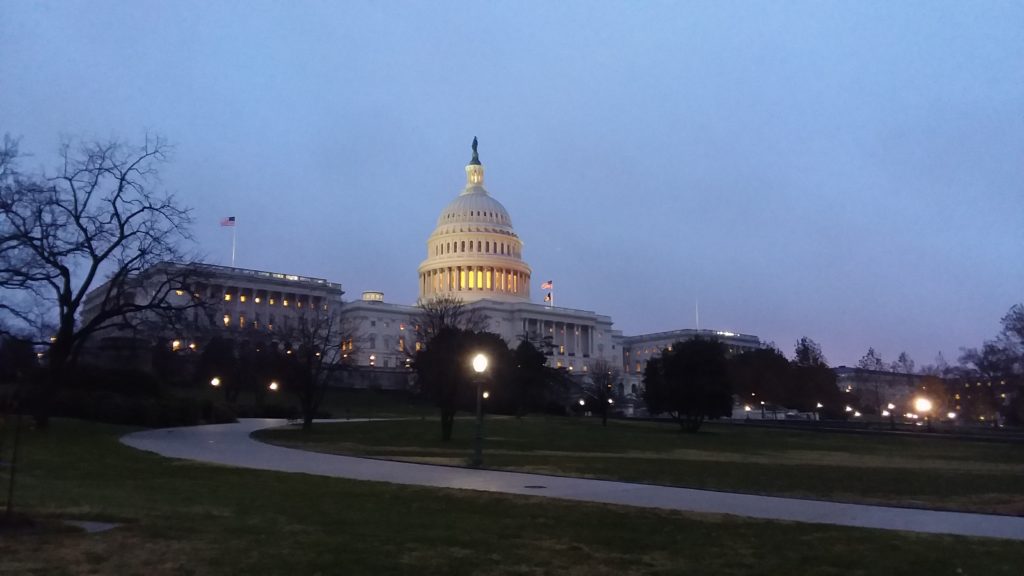The head of the Centers for Medicare & Medicaid Services (CMS) announced Monday that the agency is withdrawing a controversial rule intended to overhaul Medicaid supplemental payments — a rule that could have put as much as $50 billion in jeopardy.
“We’ve listened closely to concerns that have been raised by our state and provider partners about potential unintended consequences of the proposed rule, which require further study,” CMS administrator Seema Verma announced via Twitter. “Therefore, CMS is withdrawing the rule from the regulatory agenda.”
The Medicaid Fiscal Accountability Rule (MFAR) was announced in November last year and would have overhauled federal supplemental payment programs for a range of health care providers under the Medicaid program. The agency cited concerns about the way the payment programs had evolved over time, but the rule made the fate of billions in payments to skilled nursing facilities uncertain.
The proposal was aimed at clarifying definitions for the complex Medicaid supplemental payment programs, specifically several terms related to the arrangements: supplemental payments, provider taxes, and upper payment limit (UPL) programs; base payment, non-state government provider, private provider, state government provider, and supplemental payment.
“Clear definitions of these terms are needed so that states and other stakeholders can have a clear understanding of what is required with respect to the proposed reporting requirements for supplemental payments and UPL demonstrations, and to allow us to clearly track supplemental payments and ensure a consistent reporting and UPL demonstration process,” the proposed rule read.
Providers were adamant that the rule would result in disaster for SNFs in states that depended on the program, including Texas, Indiana and a handful of others.
“It would result in closures,” Eddie Parades, senior vice president of Lewisville, Texas-based StoneGate Senior Living, told Skilled Nursing News in January of this year. “If this was realized, in the rule, it would be the largest Medicaid change across the nation — I’ve been in this profession 34 years — in my professional career. … This new interpretation could be devastating.”
And that was before a major pandemic rocked the finances of states across the country.
After COVID-19 hit, an aid bill proposed by Democrats in the House of Representatives in May included a clause that would have indefinitely delayed the implementation of MFAR, forbidding the HHS secretary from taking any action on it or implementing a similar rule during the COVID-19 public health emergency.
In July, a slew of governmental and health care organizations called on the federal government to increase its share of Medicaid payments and to rescind MFAR, citing concerns about what the plan would do to states’ ability to finance their share of Medicaid.
“We believe this rule would reduce the ability of states and localities to finance the non-federal share of Medicaid, resulting in a reduction in federal Medicaid funding for the public health and hospital systems and destabilizing them at a time when healthcare and public health services are needed most,” the July 10 letter said.
The programs themselves took a variety of forms depending on the states that used them. Texas, for example, directed its Medicaid add-ons to SNFs making improvements on a range of quality metrics, such as reducing the prevalence of pressure ulcers to implementing infection control and recruitment programs. In Indiana, non-state government entities — frequently county hospitals — would become the license holder of SNFs and become eligible for the supplemental payment program.
Verma denounced some of the programs in a speech made alongside the announcement of MFAR, arguing in November 2019 that they “often have their roots in self-interested providers, egged on by opportunistic consultants seeking to leverage regulatory loopholes or hide behind a lack of transparency.”
She made that argument again in February of this year.
“This proposed rule is not intended to reduce Medicaid payments, and alarmist estimates that this rule, if finalized, will suddenly remove billions of dollars from the program and threaten beneficiary access are overblown and without credibility,” she wrote in a February 12 blog post.
But in the rule itself, CMS said that the fiscal effect on the Medicaid program was unknown, and providers that were in favor of making supplemental payments more transparent were emphatic that the rule would go beyond rooting out fraud and abuse.
As a result, they welcomed the announcement on September 14 that the rule had been withdrawn.
“We appreciate CMS listening to the input from long-term care providers and recognizing the detrimental impact this proposal would have had on the vulnerable residents in our facilities,” the American Health Care Association, a trade group for more than 14,000 nursing homes and assisted living facilities, said in an e-mailed statement to SNN on Monday.
LeadingAge, the trade association for nonprofit senior living and care providers, echoed that sentiment.
“The opposition to this proposal was significant,” Katie Smith Sloan, president and CEO of LeadingAge, said in a statement emailed to SNN on Monday. “In addition to the letters LeadingAge sent to CMS and to Congress, our members took action. Of the 4,000-plus public comments submitted to the Federal Register in response to the proposal, more than half mentioned nursing homes and/or life plan communities/CCRCs. We are pleased that CMS has heard these concerns and responded by removing the rule from further consideration.”



